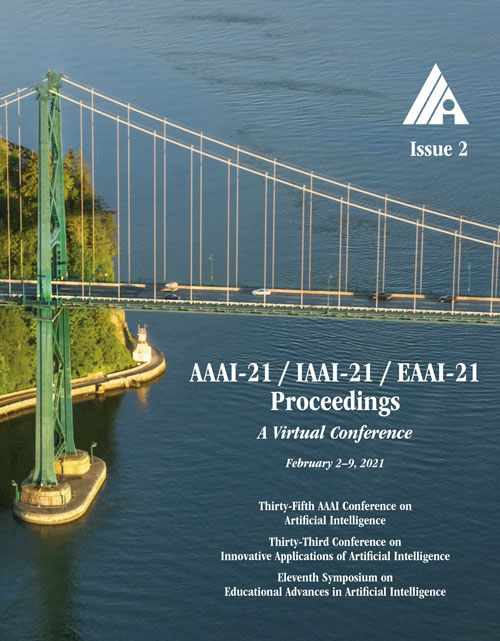DIRV: Dense Interaction Region Voting for End-to-End Human-Object Interaction Detection
DOI:
https://doi.org/10.1609/aaai.v35i2.16217Keywords:
Scene Analysis & Understanding, Language and Vision, Video Understanding & Activity AnalysisAbstract
Recent years, human-object interaction (HOI) detection has achieved impressive advances. However, conventional two-stage methods are usually slow in inference. On the other hand, existing one-stage methods mainly focus on the union regions of interactions, which introduce unnecessary visual information as disturbances to HOI detection. To tackle the problems above, we propose a novel one-stage HOI detection approach DIRV in this paper, based on a new concept called interaction region for the HOI problem. Unlike previous methods, our approach concentrates on the densely sampled interaction regions across different scales for each human-object pair, so as to capture the subtle visual features that is most essential to the interaction. Moreover, in order to compensate for the detection flaws of a single interaction region, we introduce a novel voting strategy that makes full use of those overlapped interaction regions in place of conventional Non-Maximal Suppression (NMS). Extensive experiments on two popular benchmarks: V-COCO and HICO-DET show that our approach outperforms existing state-of-the-arts by a large margin with the highest inference speed and lightest network architecture. Our code is publicly available at www.github.com/MVIG-SJTU/DIRV.Downloads
Published
2021-05-18
How to Cite
Fang, H.-S., Xie, Y., Shao, D., & Lu, C. (2021). DIRV: Dense Interaction Region Voting for End-to-End Human-Object Interaction Detection. Proceedings of the AAAI Conference on Artificial Intelligence, 35(2), 1291-1299. https://doi.org/10.1609/aaai.v35i2.16217
Issue
Section
AAAI Technical Track on Computer Vision I

